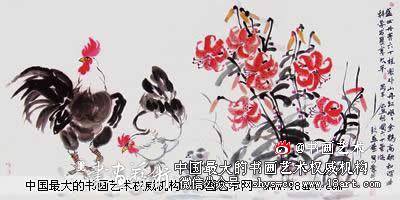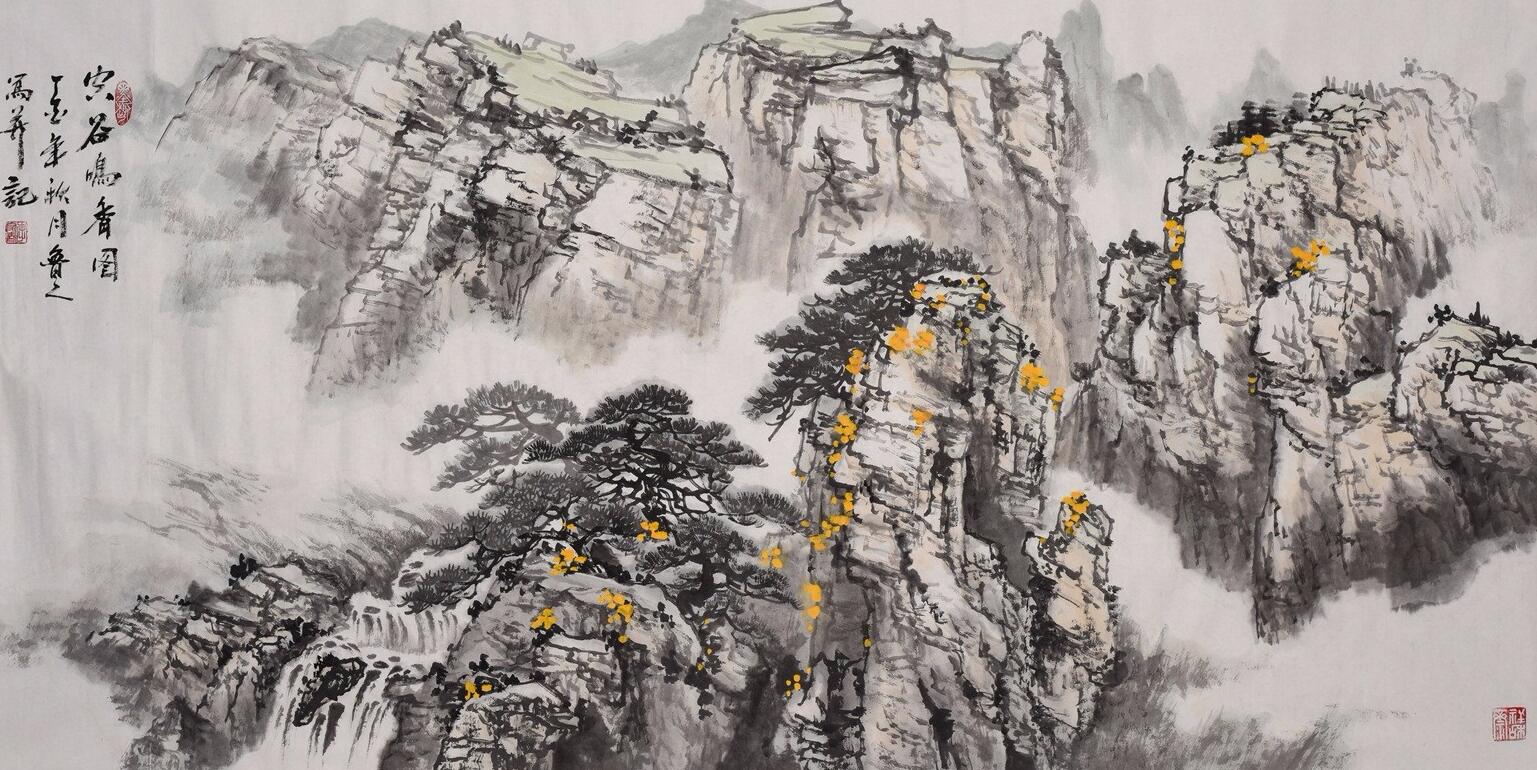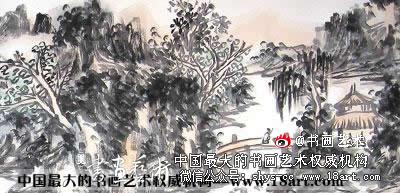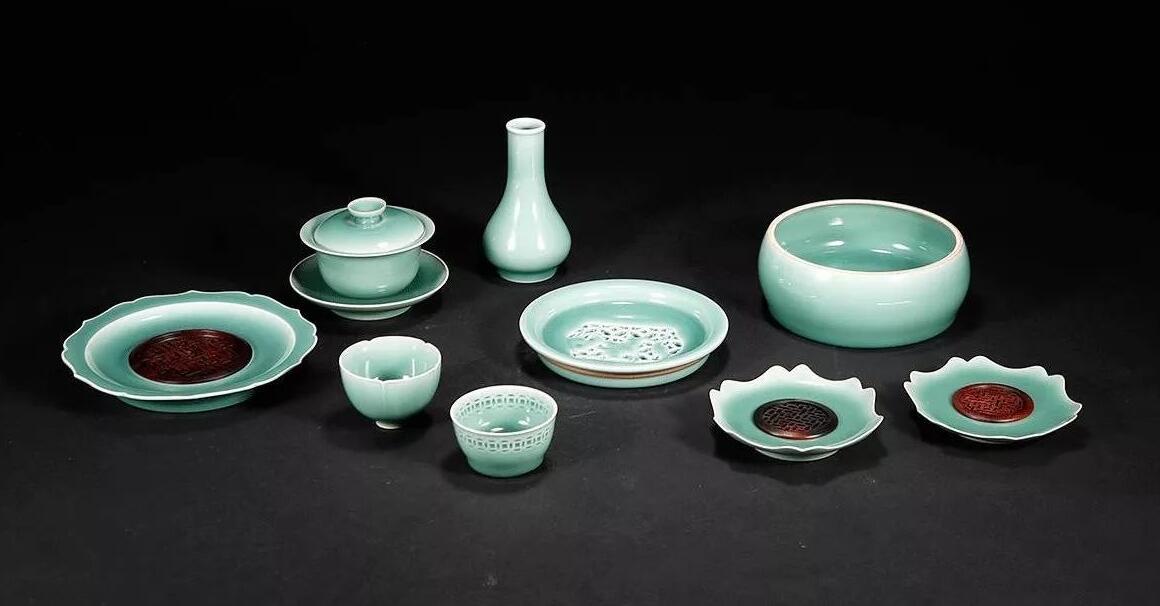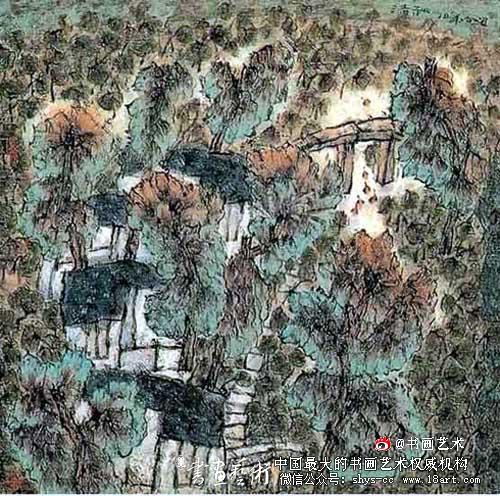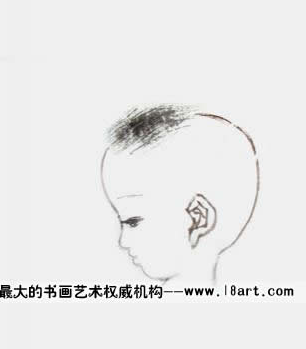书画作品:记内蒙古画家彭义华
大家好,沪教牛津版六年级英语下册全册知识点清单汇总「沪教牛津英语六年级上知识点」很多人还不知道,现在让我们一起来看看吧!
沪教牛津版六年级英语下册全册知识点清单汇总
Module
Changes and differences
一、 核心词汇
1. 名词
kilogram千克;公斤(缩略形式kg)centimetre厘米(缩略形式cm)fan(足球、电影等)迷;爱好者theatre剧院life生活writer作家wish愿望;祝愿mountain山;山脉 space太空
2. 动词
weigh有……重;重drive驾驶carry背;提;拿
3. 其他
poor贫穷的;差的;次的even甚至
4. 短语
street cleaner 环卫工人
二、拓展词汇
1. 名词
photographer摄影师film胶卷broom扫帚wife妻子fairy仙子;小精灵PS附言(用于信末)dinosaur恐龙
2. 动词
sweep扫地
3. 形容词
fantastic极好的digital数码的
4. 副词
online在线地;在线的
5. 代词
themselves他们自己;她们自己;它们自己
6. 其他
taller更高的
7. 短语
go fishing去钓鱼enjoy oneself玩得愉快;得到乐趣get … in收割street sweeper扫地车by hand用手right away立即;马上in a short time很快head teacher 校长a piece of一张;一片have a picnic去野餐better and better越来越好
三、核心句型
1. I’m 150 centimetres tall. 我身高150厘米。
解读:这是介绍身高的句型。 “主语 be动词 数字 长度单位(tall).”可以用来介绍某人的身高。
举一反三: My cousin is 154 centimetres tall. 我的堂弟身高154厘米。
Jim is 149 centimetres tall. 吉姆身高149厘米。
2. There are a lot of tall buildings in the city. 城市里有很多高大的建筑物。
解读: There be 句型中的be动词的变化遵循就近原则, be动词用is还是用are是由be动词后面最近的名词来决定。There be句型的一般疑问句把系动词be提前,肯定回答用“Yes, there be动词.” 否定回答用“No, there be动词 not.”。
举一反三: There is a tree near my house. 我家的房子旁边有一棵树。
There are some books and a pen on the desk. 桌子上有一些书和一支钢笔。
— Is there a bus stop near here?这附近有一个汽车站吗?
— Yes, there is. 是的,有。/No, there isn’t. 不,没有。
There isn’t a computer in my room. 我的房间里没有电脑。
3. I usually play football after school. 我通常放学后踢足球。
解读: play与球类名词相连,之间不加冠词; play与乐器名词相连,之间加定冠词the。
举一反三: I like playing volleyball. 我喜欢打排球。
My sister can play the guitar. 我的妹妹会弹吉他。
4. In the past, she used a pen and paper to write her books. Now she uses a computer. 过去,她使用钢笔和纸来写书。现在她使用电脑(写书)。
解读: in the past为一般过去时态的标志; now为现在时态的标志。
举一反三: In the past, we didn’t have any computers. Now we have many computers. 过去我们没有电脑。现在我们有许多电脑。
5. “Fred, I’d like to give you three wishes,”said the fairy. “弗雷德,我愿意满足你三个愿望。”仙女说道。
解读: would like to do sth 意为“愿意/想要做某事”。
举一反三: Would you like to go with me?你愿意和我一起去吗?
He would like to buy a bike for his son. 他想要给他儿子买一辆自行车。
6. We hope our school will get better and better. 我们希望我们的学校将会变得越来越好。
解读: hope 意为“希望”,后可接宾语从句,用一般将来时态。
四、了解句型
1. — How much do you weigh, George?乔治,你多重呢?
— I weigh 40 kilograms. 我体重40千克。
解读: How much意为“多少”,可以提问某人的重量,也可以提问价格,或者对不可数名词进行提问。
2. How exciting! 多么令人兴奋啊!
解读: “How 形容词/副词!”为感叹句的省略形式,其完整形式为“How 形容词/副词 主语 谓语!”
3. I wish you a happy life. 我祝你们生活幸福。
解读: wish 后可接双宾语,也可用wish sb to do sth 的结构。
Module
Work and play
一、 核心词汇
1. 名词
oil油brush画笔;刷子;刷paints绘画颜料artist艺术家;(尤指)画家scissors剪刀tape胶带glue胶水tool工具
2. 形容词
unhappy不高兴的
3. 副词
carefully仔细地easily容易地still仍然
4. 动词
win获胜;赢
5. 短语
long race长跑short race短跑long jump跳远high jump跳高
二、拓展词汇
1. 名词
ink墨水;墨汁craft手艺;工艺crown王冠;皇冠saw锯craftsman工匠;手艺人(复数craftsmen)swimsuit(尤指女式的)游泳衣
2. 形容词
powerful强有力的;力量大的fit健壮的
3. 代词
himself他自己
4. 其他
oil painting油画Chinese ink painting中国水墨画on the left在左边on the right在右边all the time一直;始终model house 房子模型a long time ago很久以前at work忙着(做事情)say to oneself 自言自语swimming cap游泳帽swimming pool游泳池warm-up准备活动;热身练习swimming goggles游泳镜
三、核心句型
1. The students are going to an art museum tomorrow. 学生们明天将去一家艺术博物馆。
解读:这是一般将来时的句型,介绍某人将要做什么。
举一反三: He is going to swim next Sunday. 他下周日将去游泳。
They are going to Shanghai tomorrow. 他们明天将去上海。
2. Look at the two pictures on the blackboard. 看黑板上的两幅画。
解读:这是祈使句。祈使句一般表示命令、劝告、请求、禁止等。
举一反三: Close the door. 关门。
Wash your clothes by yourself. 你自己洗衣服。
3. Which one do you like?你们喜欢哪幅?
解读:这是询问喜欢哪一个的句型。回答的时候选择其中的一个进行回答。
举一反三: — Which one do you like, the red one or the green one?你喜欢哪一个,红色的还是绿色的?
— The red one. 红色的。
4. Why do we draw eggs all the time?为什么我们一直要画鸡蛋呢?
解读:这是询问做某事的原因。回答常用“Because …”。
举一反三: — Why do you miss the train?你为什么错过了火车?
— Because I get up late. 因为我起晚了。
5. — What are you making?你正在制作什么?
— I’m making a toy plane for my brother. 我正在给我弟弟制作一个玩具飞机。
解读:这是询问某人正在做什么及回答的句型。
举一反三: — What are you doing? 你正在做什么?
— I’m listening to the radio. 我正在听收音机。
6. I want to make a crown. 我想要制作一顶王冠。
解读:这是描述某人想要做某事的句型。
举一反三: She wants to play ping-pong. 她想打乒乓球。
7. — Who is it for?它是给谁的?
— It’s for my little cousin. 是给我小堂妹的。
解读:这是给谁及回答的句型。
举一反三: — Who is it for?它是给谁的?
— It’s for my father. 是给我爸爸的。
8. A long time ago, there was a craftsman. 很久以前,有一位工匠。
解读:这是描述过去发生的事情的句型,句子常用过去时态。
举一反三: A long time ago, there was a king. 很久以前,有一位国王。
9. We have two PE lessons at school every week. 我们每周在学校上两节体育课。
解读:这是用一般现在时谈论日常活动的句型。
举一反三: She often walks to school. 她经常步行去上学。
四、了解句型
1. The students are going to an art museum tomorrow. 学生们明天要去一家艺术博物馆。
解读: “be going to 动词原形”为一般将来时态的结构。
2. Little Leo took drawing lessons. 小里奥上绘画课。
解读:“take 动词-ing lessons”意为“上某种课程”。
3. That’s easy! 那很容易!
解读:用来评价某事的句型。
Module
Things we do
一、核心词汇
1. 名词
bell铃铛neck脖子gatekeeper 门卫sign标识middle中间;中部;中心path小路;小径can金属罐rubber橡皮vase花瓶pen holder 笔筒envelope 信封rubbish bin 垃圾桶truck卡车piece碎片;碎块cloth布;布料
2. 动词
praise赞扬;称赞worry担心follow跟随;跟着reuse重新利用
3. 形容词
special特别的lost迷路的;迷失的plastic塑料制的;塑料的
4. 副词
ago以前
5. 情态动词
may可能;可以
6. 短语
praise … for … 因……而表扬……in the middle 在中间look out小心;当心no smoking禁止吸烟no swimming禁止游泳get lost 迷路some time 一段时间on the way在路上throw away 扔掉
二、 拓展词汇
must 必须should 应该seat 座位
三、 核心句型
1. We can help you. 我们能帮助你。
解读:这是介绍某人能做某事的句型。
举一反三: She can dress herself. 她会自己穿衣服。
2. I saw her half an hour ago. 半小时之前我看到她了。
解读:这是一般过去时的句子,一般过去时用来介绍过去某一时间发生的动作或存在的状态。
举一反三: I went for a walk yesterday. 我昨天去散步了。
3. I’m going to ask the gatekeeper.我要去问门卫。
解读:这是一般将来时的句子,一般将来时用来介绍将来某一时间发生的动作或存在的状态。
举一反三: He’s going to run. 他要去跑步。
4. — Excuse me. Where’s the underground station?打扰一下,地铁站在哪里?
— It’s over there. 在那边。
解读:这是问路与指路的句型。
举一反三: — Excuse me. Where’s the bookstore?打扰一下,书店在哪里?
— It’s on the second floor. 在二楼。
5. We must look out for them. 我们必须小心它们。
解读: must为情态动词,后接动词原形;当用must提问时,否定回答用needn’t。
举一反三: She must go there by bus. 她必须乘公共汽车去那里。
— Must I finish the work today? 我必须今天完成工作吗?
— No, you needn’t. You can finish it tomorrow. 不,你不必。你可以明天完成。
6. — Why, Mum? 为什么,妈妈?
— Because we can reuse them. 因为我们能够再次使用它们。
解读: why引导的疑问句,意为“为什么”,用because来回答。
举一反三: — Why?为什么?
— Because I want to get up early. 因为我想早起床。
四、 了解句型
1. What’s the matter?怎么了?
解读: “What’s the matter?”用于询问某人出什么问题了,同义句为What’s wrong? 如果引出某人来,需要用句型“What’s the matter with sb?”注意sb用代词的宾格形式。
2. — Can I ask you a question? 我可以问你一个问题吗?
— Of course. 当然。
解读:当别人向你提出请求时,肯定回答为of course。也可以用sure, certainly 来代替of course。
3. Never go into the forest. 永远不要进入森林。
解读: never意为“从来不”,表示否定的意思。
Module
Things we enjoy
一、 核心词汇
1. 名词
adult成年人 scarf 围巾(复数scarves或scarfs)turkey火鸡 jack-o’-lantern 南瓜灯pea 豌豆pod豆荚bullet子弹roof屋顶yard院子
2. 动词
hit碰撞;撞击
3. 形容词
well-known众所周知的;著名的Western 西方的 bright明亮的;鲜艳的excited兴奋的lazy懒惰的
4. 副词
forever 永远
5. 介词
than 比
6. 其他
stronger更强大的bigger更大的
7. 短语
fairy tale童话(故事)blow off 吹掉take off 脱掉laugh at 嘲笑 see the world 见世面one by one 一个接一个地look out of往外看
二、 拓展词汇
writer 作者festival 节日ground 地面
三、 核心句型
1. He was a Danish writer. 他是一个丹麦作家。
解读:这是介绍某人身份或职业的句型。
举一反三: The Grimm brothers were German writers. 格林兄弟是德国作家。
Mo Yan is a Chinese writer. 莫言是一位中国作家。
2. Children around the world enjoy reading his stories. 全世界的孩子们喜欢阅读他的故事。
解读: 此句是描述某人喜欢做某事的句型。
举一反三: I enjoy a chat with a friend. 我喜欢与朋友在一起聊天。
3. Both adults and children like their stories. 成年人和孩子们都喜欢他们的故事。
解读: both意为“两者都”,常见短语为both … and …
举一反三: Both Li Lei and Zhao Xue are students. 李磊和赵雪都是学生。
Both my brother and my sister want to go to the Great Wall. 我的哥哥和我的姐姐都想去长城。
4. We can usually learn something from these stories. 我们通常能从这些故事中学到一些东西。
解读: 此句是描述某人从某事中学到某物的句型。
举一反三: He should learn how to conduct a meeting. 他应当学习如何主持会议。
5. Then one day, we’ll leave this pod and see the world … 然后某一天,我们将离开豆荚,去看这个世界……
解读: 此句为一般将来时的肯定句句型。
举一反三: His family will fly to America next month. 他们一家人下个月将飞往美国。
四、 了解句型
1. They get candy from their neighbours. 他们从邻居那里得到糖果。
解读:此句是描述从某人那里得到某物的句型。
举一反三: What will they get from me? 他们会从我这儿得到什么?
2. People give presents to each other at Christmas. 人们在圣诞节互相赠送礼物。
解读:此句是将某物给某人的句型。
举一反三: Give me some apples. 给我一些苹果吧。
3. Father Christmas could not find his way. 圣诞老人迷路了。
解读: could为can的过去式,情态动词,后接动词原形,否定形式直接在后面加not。
举一反三: Could you lend me your dictionary? 你能把词典借我用用吗?
4. I had mine. 我已经完成了。
解读: mine名词性物主代词 = my 名词。
举一反三: This is your book. But where is mine? 这是你的书。但是我的呢?
This mobile phone isn’t mine. 这个手机不是我的。

